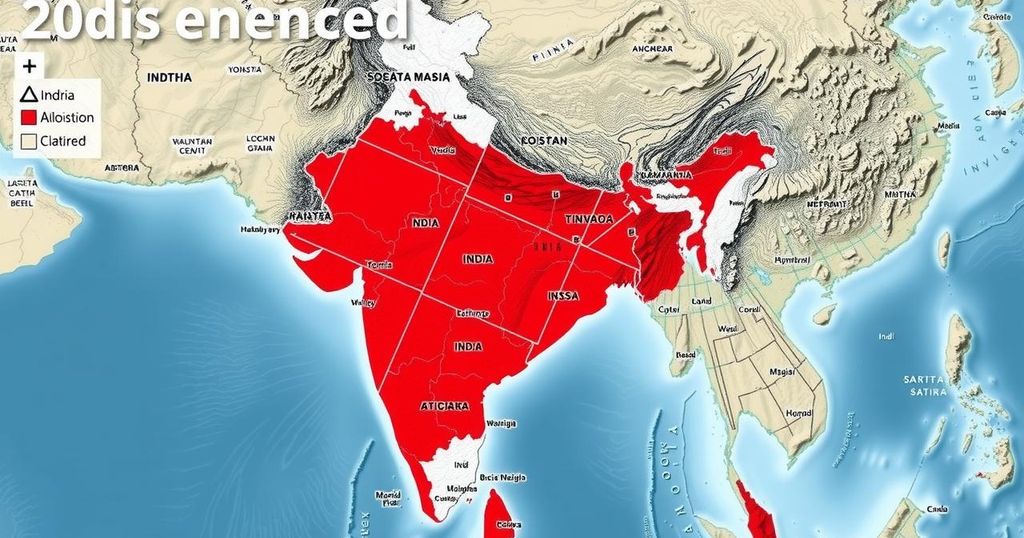India’s Position Among Countries Affected by Major Earthquakes
India ranks seventh in the world for the number of major earthquakes, facing significant seismic risk due to its location at the convergence of tectonic plates. On January 7, 2025, a 7.1 magnitude earthquake struck near the Nepal border, reminding of the region’s vulnerability. From 1990-2024, India experienced 58 major seismic events, underscoring the ongoing challenge posed by seismic activity in the region.
On January 7, 2025, the region of southern Tibet experienced a powerful earthquake measuring 7.1 in magnitude, causing tremors throughout northern India, including Bihar. This earthquake occurred at 6:35 am, with its epicenter located near the Nepal-Tibet border, approximately 93 kilometers northeast of Lobuche. It was the most significant seismic event in the region since the devastating earthquake in Nepal in April 2015, which resulted in nearly 10,000 deaths.
Asia is notorious for its seismic activity, especially countries like China and Indonesia, with Japan recording the highest frequency of earthquakes globally. According to the United States Geological Survey (USGS), Indonesia is the most earthquake-prone nation, having experienced 2,212 tremors of magnitude 4 or above, surpassing Mexico and the Philippines.
From data compiled between 1990 and early 2024, China has recorded the highest number of significant earthquakes, totaling 186 events, followed by Indonesia with 166, and Iran with 109. India ranks seventh globally, having experienced 58 major earthquakes during this period, as reported by the National Oceanic and Atmospheric Administration (NOAA).
India’s susceptibility to earthquakes is largely due to its geographical location at the junction of several tectonic plates, coupled with its complex geological features. Approximately 59 percent of India’s land area is at risk of experiencing moderate to severe seismic events, particularly in the Himalayan region, which is prone to earthquakes of magnitudes exceeding 8.0. The last five decades have witnessed significant earthquakes in this region, emphasizing the ongoing seismic threat to India.
The article delves into the seismic activity impacting various nations, particularly focusing on India and its vulnerability to earthquakes. Various countries, notably in Asia, are highlighted for their seismic activity, with a particular emphasis on the frequency and impact of significant earthquakes from 1990 to early 2024. India stands as the seventh most earthquake-prone country, facing risks primarily due to its tectonic plate interactions and ongoing construction practices that exacerbate vulnerability to these natural disasters.
In conclusion, India is indeed among the countries significantly affected by major earthquakes, ranking seventh in terms of frequency within the global context. Its geographical positioning, coupled with historical seismic events, highlights the ongoing risk posed to its population and infrastructure. Understanding these seismic patterns is crucial for proactive measures and preparedness in mitigating the impact of future earthquakes.
Original Source: indianexpress.com




Post Comment